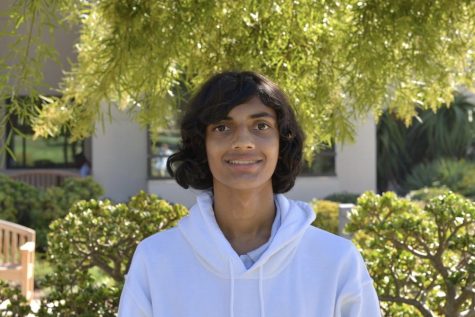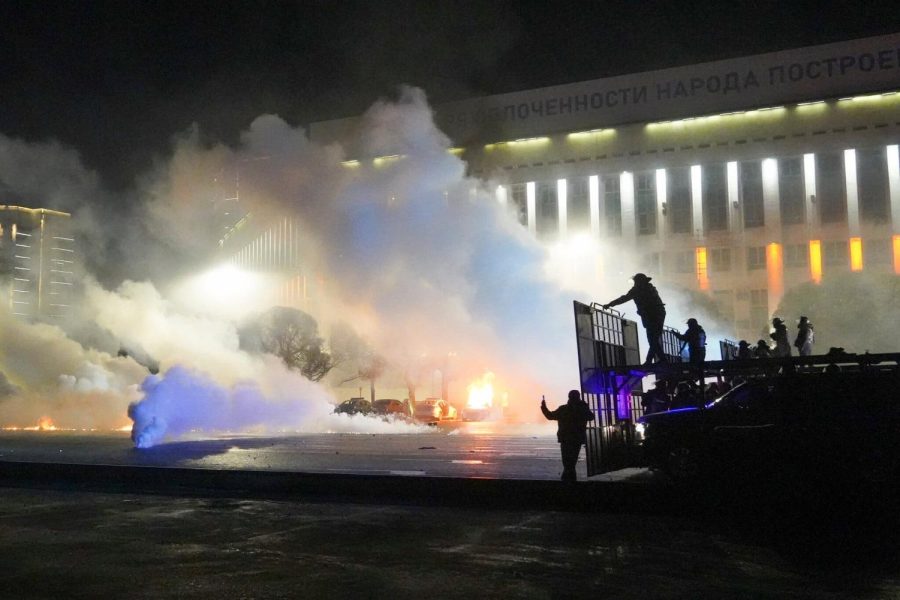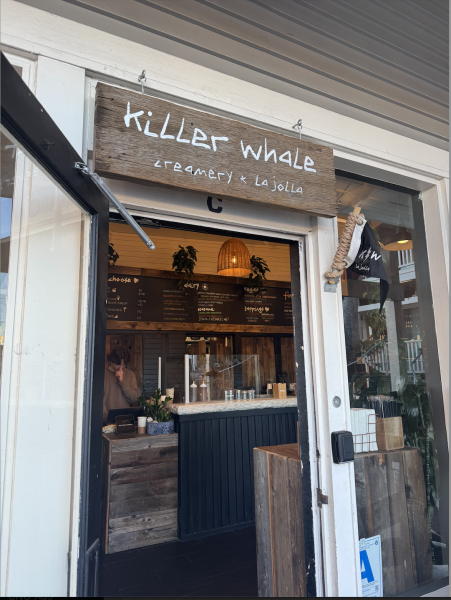Kazahkstan Protests
Riots Erupt as Gas Prices Rise
Vladimir Tretyakov/Associated Press
Rioters assemble to attack government buildings in protest of lifting the price cap on gas.
On January 2nd, 2022, the people of Kazakhstan rioted against their government in protest of lifting the price cap on Liquefied Petroleum Gas (LPG), which doubled in price. The protests started in the city of Zhanaozen. Fighting spread across the rest of the country the next day, including the largest city, Almaty. During the riots, protestors were injured, detained, and some killed.
The violent riots came after a government announcement that the price cap of 50 Tenge— U.S. dollar is about 436 tenge—per liter of LPG would lift on January 1. Radio Free Europe/Radio Liberty claimed that the Kazakhstan government tried to lower LPG prices, “but problems over-inflating prices have been building in western Kazakhstan generally — and Zhanaozen, specifically — for months.” The protesters on the day claimed prices raised from 50 Tenge, or11 cents, for much of last year, before increasing to 80 Tenge,18 cents, near December, and jumped to 120 Tenge. That amount is about 27 cents.
The protests’ starting point of Zhanaozen is no coincidence. In 2011, nearly 10 years ago, labor strikes arose and security killed protestors in the oil-producing city, as reported by BBC. This pushed Kazakhstan’s poor record of respecting human rights. After Zhanaozen, protests spread to the rest of the country, with many citizens fighting for price reductions. Head of Criminal Prosecution Serik Shalabayev said 50,000 people participated in protests. One of the biggest centers for demonstrations was Almaty, the largest city in Kazakhstan. Rioters were killed, as police used tear gas to disperse the protests. Police buildings were set on fire. Reuters reported 225 civilians and police were killed. The New York Times reported that at least 5,800 people were detained and 2,000 were injured after the protests.
Because of the recent protesting, some apps were reported to be not functioning and internet outages were reported. Flights were also canceled from and to Almaty. Prime Minister Askar Mamin announced his resign during the protests. President Kassym-Jormat Tokayev announced that the government would restore the price cap for six months “in order to ensure stability in the country” on his official Twitter.
To stop the protests, The Collective Security Treaty Organization (CTSO), a military alliance between countries in Europe and Asia sent over 2,000 peacekeepers, according to Russian President Vladimir Putin. The announcement came on January 2. Later, on January 11, Kazakhstan President Tokayev announced a withdrawal of the troops, which should take “no more than 10 days,” after the protests ended.
Since the protests were against high gas prices in the country, this may impact the oil price worldwide, as it halted drilling. Prices rising is a phenomenon common in the United States. CNN reported a record gas price in California at $4.68 on November 14, 2021. The Wall Street Journal reported that the pricing contract for oil barrels, Futures for West Texas Intermediate, raised the price of a barrel—42 gallons—to $85.43. Kazakhstan is important for oil drilling, as it contains 3% of the global oil reserves.
The government’s largest problem is that it’s not feasible for them to keep the price of gas at 50 Tenge, and lifted the price cap in order to save costs. Now that the people have called for this price cap to be placed back, the government will have to create a new plan for their LPG.

Pronouns: They/Them
Favorite food: Tacos forever
Favorite Song: Good Life by Kanye West
Favorite artist: Playboi Carti
Favorite Tower Article:...







